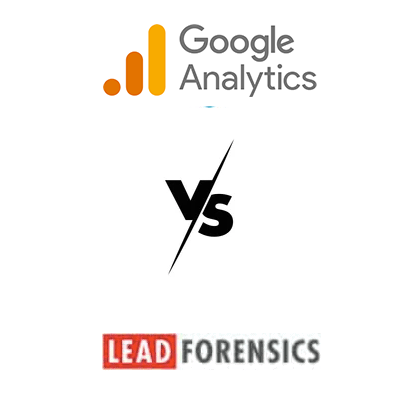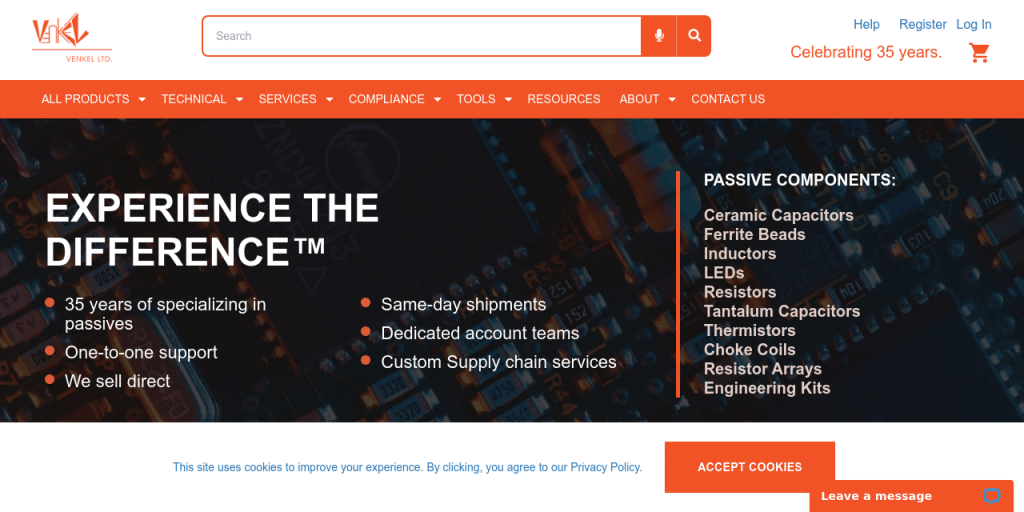Content is a king in the world of customer acquisition for SaaS businesses, emerging as a crucial strategy in the digital marketing landscape. Insights from Gitnux reveal that an overwhelming 57% of SaaS companies earmark content creation as a pivotal element of their marketing endeavors. This statistic not only highlights the growing reliance on content for business growth but also reflects a strategic pivot towards leveraging digital platforms for enhanced visibility and engagement. The creation of high-quality, relevant content serves a dual purpose: it not only elevates your brand’s visibility, making it easier for potential customers to discover you but also positions your company as a thought leader within your industry. By sharing insightful, valuable content, you foster trust and credibility among your target audience, paving the way for not just attracting new customers but also retaining existing ones. This article delves into the blueprint of constructing an effective content marketing strategy tailored for SaaS brands.
We navigate through the process of creating content that resonates with your audience, from understanding their needs and preferences to engaging them with innovative content formats. We’ll explore key strategies for maximizing the impact of your content, including SEO best practices, content personalization, and performance analytics. Our goal is to equip you with the tools and insights necessary to craft a content marketing strategy that not only reaches but also resonates and retains, driving your SaaS business towards sustained growth and industry leadership.
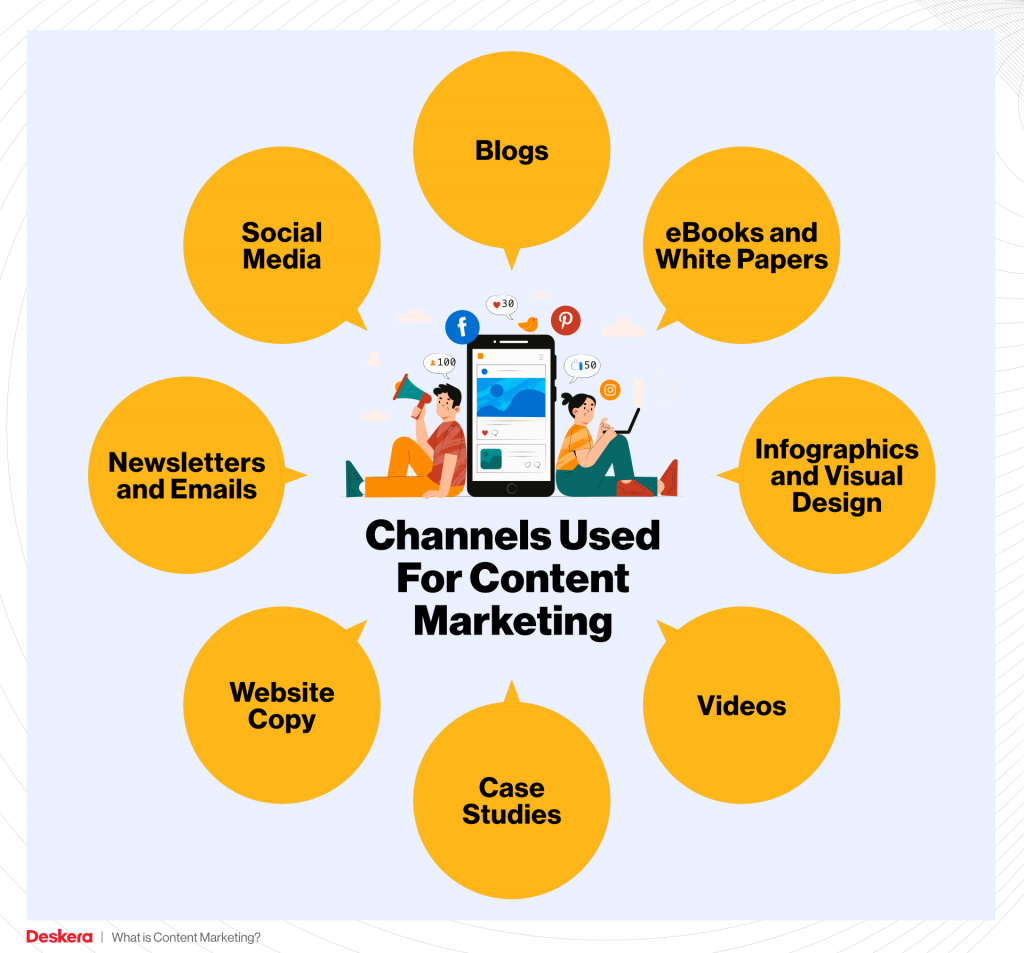
How is Content Marketing Important for SaaS Companies?
Content marketing has evolved into a critical strategy for SaaS companies, driven by the unique dynamics of the software industry and the purchasing behavior of its clientele. Here’s a detailed exploration based on the outlined points:
Be a part of buyer research
In SaaS, where the products are often complex and the stakes of choosing the wrong solution high, buyers are inclined to conduct extensive research before making a decision. They seek insights, reviews, and in-depth information to ensure the product aligns with their needs. Content marketing serves as a bridge between these inquisitive buyers and SaaS providers. By generating and disseminating valuable content that addresses the queries and concerns of potential customers, SaaS companies can significantly increase their visibility. This content not only informs but also nurtures prospective customers through the sales funnel, enhancing brand awareness and setting the stage for engagement and conversion.
Let your customers know you are the expert
Expertise is a powerful currency in the SaaS sector. Content marketing offers an opportunity for SaaS companies to demonstrate their industry knowledge and solution-oriented approach. Through comprehensive articles, insightful blog posts, and detailed case studies, businesses can showcase their understanding of the market, emerging trends, and the unique challenges their customers face. This not only helps in establishing credibility but also reassures potential customers of the company’s capability to address their specific needs effectively. An in-depth exposition of expertise fosters trust, encouraging customers to choose your solution over competitors.
Strengthen your brand image
Brand authority is built on the twin pillars of expertise and trust. Content marketing allows SaaS companies to consistently provide value beyond their product offerings, through educational content, thought leadership, and industry insights. This sustained effort in delivering valuable content helps in building a strong brand image as an authority in the field. When customers recognize a brand as a reliable source of information and solutions, it not only enhances the brand’s market position but also attracts new customers while reinforcing loyalty among existing ones.
Retain customers with content
The role of content marketing extends beyond acquiring new customers; it is equally crucial in retaining them. For SaaS companies, where customer churn can significantly impact growth, maintaining engagement through relevant content is vital. Educational content, product updates, best practices, and success stories keep existing customers engaged and informed. This ongoing engagement fosters a deeper connection with the product and the brand, reducing churn and encouraging long-term loyalty.
Tell your customers about problems you can solve
One of the most effective strategies in content marketing is directly addressing the problems and challenges your target audience faces. By articulating these issues and presenting your product as a solution, SaaS companies can resonate more deeply with potential customers. Content that focuses on solving problems, offering solutions, and demonstrating the product’s impact in real-world scenarios speaks directly to the customer’s needs, making the product more relevant and appealing.
Show up for keywords and discussions your customers engage with
Search engine optimization (SEO) is a critical component of content marketing for SaaS companies. By identifying and targeting keywords, content topics, and discussions that potential customers are engaging with, companies can ensure their content reaches the right audience at the right time. Appearing in search results for relevant queries increases visibility and drives organic traffic to the company’s website. Moreover, participating in industry discussions and forums helps in reinforcing the brand’s presence and authority, further attracting potential customers.
Content marketing for SaaS companies is not just about producing content; it’s about crafting strategic, meaningful interactions that guide potential customers through the buying journey, from awareness to decision-making, while fostering loyalty and authority.
8 Tips to Strengthen Your Content Marketing Strategy
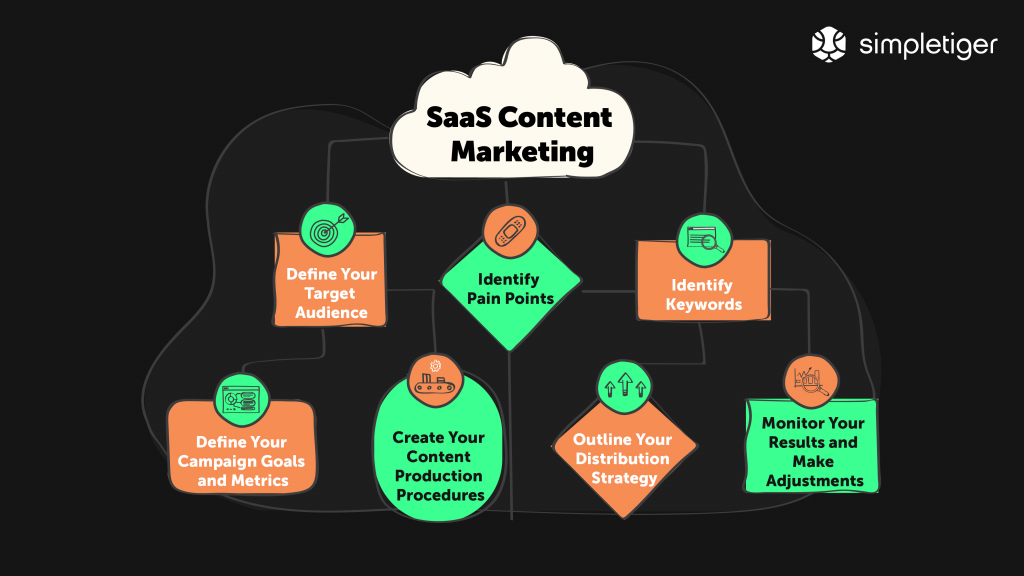
1. Strengthen Your Blog with Diverse and Engaging Content
Elevate your blog by diversifying the types of content you produce. Incorporate a mix of long-form articles, quick tips, interviews with industry leaders, and case studies to cater to various reader preferences. Focus on topics that not only rank well in search engines but also provide genuine value to your readers. Utilize analytics to gauge what content performs best and refine your strategy accordingly. Engaging visuals, interactive elements, and downloadable resources can further enhance the attractiveness and usefulness of your blog content.
2. Maximize Engagement on Social Media Platforms
Beyond LinkedIn, explore other social media channels where your target audience is active. Utilize Instagram stories for behind-the-scenes looks, Twitter for industry news and quick updates, and Facebook for community building and longer discussions. Tailor your content format and messaging to fit the unique culture and norms of each platform. Interactive content such as polls, live Q&As, and user-generated content can significantly increase engagement and foster a sense of community around your brand.
3. Produce Authoritative Content That Sets Industry Standards
Strive to create content that becomes a benchmark within your industry. Conduct proprietary research, offer comprehensive guides, and curate expert roundups that provide unique insights. Such content not only earns you backlinks and shares but positions your brand as the go-to source for information and expertise in your field. Consistency in publishing thought-provoking and authoritative content will solidify your reputation over time.
4. Address Every Stage of the Customer Journey
Develop a content matrix that addresses topics relevant to each stage of the customer journey, from awareness to loyalty. For instance, introductory guides and industry overviews can attract those in the awareness phase, while product comparisons and case studies are more suited for the consideration and decision stages. Content tailored to post-purchase support and success stories can help in retaining customers and encouraging advocacy.
5. Conduct Comprehensive Keyword and Audience Research
Deepen your keyword research to uncover long-tail keywords and questions that your audience is asking. Tools like Answer the Public and also forums relevant to your industry can provide insights into the specific problems and queries your potential customers have. Pairing this with persona development and audience segmentation will ensure your content is precisely targeted and more likely to convert.
6. Repurpose Content Creatively Across Channels
Think creatively about content repurposing to extend its lifespan and reach. Turn a webinar into a series of blog posts, a whitepaper into an infographic series, or customer testimonials into social proof videos. Each piece of content should be tailored to fit the platform it’s repurposed for, ensuring it engages the audience in the most effective way.
7. Cultivate a Distinctive Brand Voice and Perspective
Develop a brand voice that is not only consistent but also resonates with your audience on a personal level. Don’t shy away from taking stands on relevant industry issues or trends, as this can differentiate your brand and attract a following of like-minded individuals and companies. Authenticity and transparency in your content will foster trust and loyalty among your audience.
8. Do Content Analysis
Thorough analysis of content engagement involves delving deep into how both potential leads and existing customers interact with your content, providing invaluable insights into its effectiveness across different stages of the customer journey. By leveraging advanced tools like Salespanel, you can obtain a granular view of this engagement, tracing the digital footsteps of your audience from their initial contact with your content through to conversion. This process enables you to identify which pieces of content are most impactful in attracting new leads, nurturing them, and ultimately guiding them to sign up.
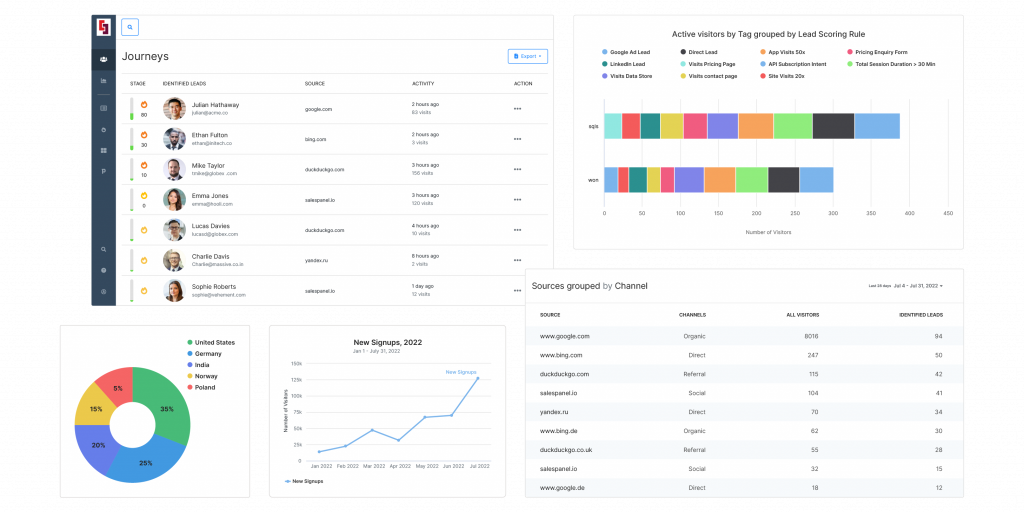
Salespanel can also shed light on how specific target accounts interact with your content, revealing patterns and preferences that can inform your content strategy. By understanding the content that resonates most with your audience, you can refine your approach to better meet their needs, tailor your messaging to speak directly to their pain points and optimize the customer journey to enhance engagement and conversion rates. This comprehensive analysis not only helps in fine-tuning your content to achieve better outcomes but also positions your brand as responsive and attuned to the evolving interests and requirements of your market.
Final Thoughts
The essence and impact of content marketing for SaaS companies cannot be overstated. As this article outlines, from the initial stages of buyer research to the intricacies of crafting a content strategy that resonates across different stages of the customer journey, the role of content is pivotal. By focusing on creating high-value, relevant content, SaaS brands can significantly enhance their visibility, establish authority, foster trust, and build a loyal customer base. Furthermore, leveraging platforms like social media and employing tools like Salespanel for in-depth content engagement analysis allows businesses to tailor their strategies for maximum impact. Whether it’s through educating potential customers, addressing their challenges, or engaging with them on their preferred platforms, a well-rounded content marketing strategy is key to driving growth and establishing a strong, authoritative presence in the competitive SaaS landscape.


